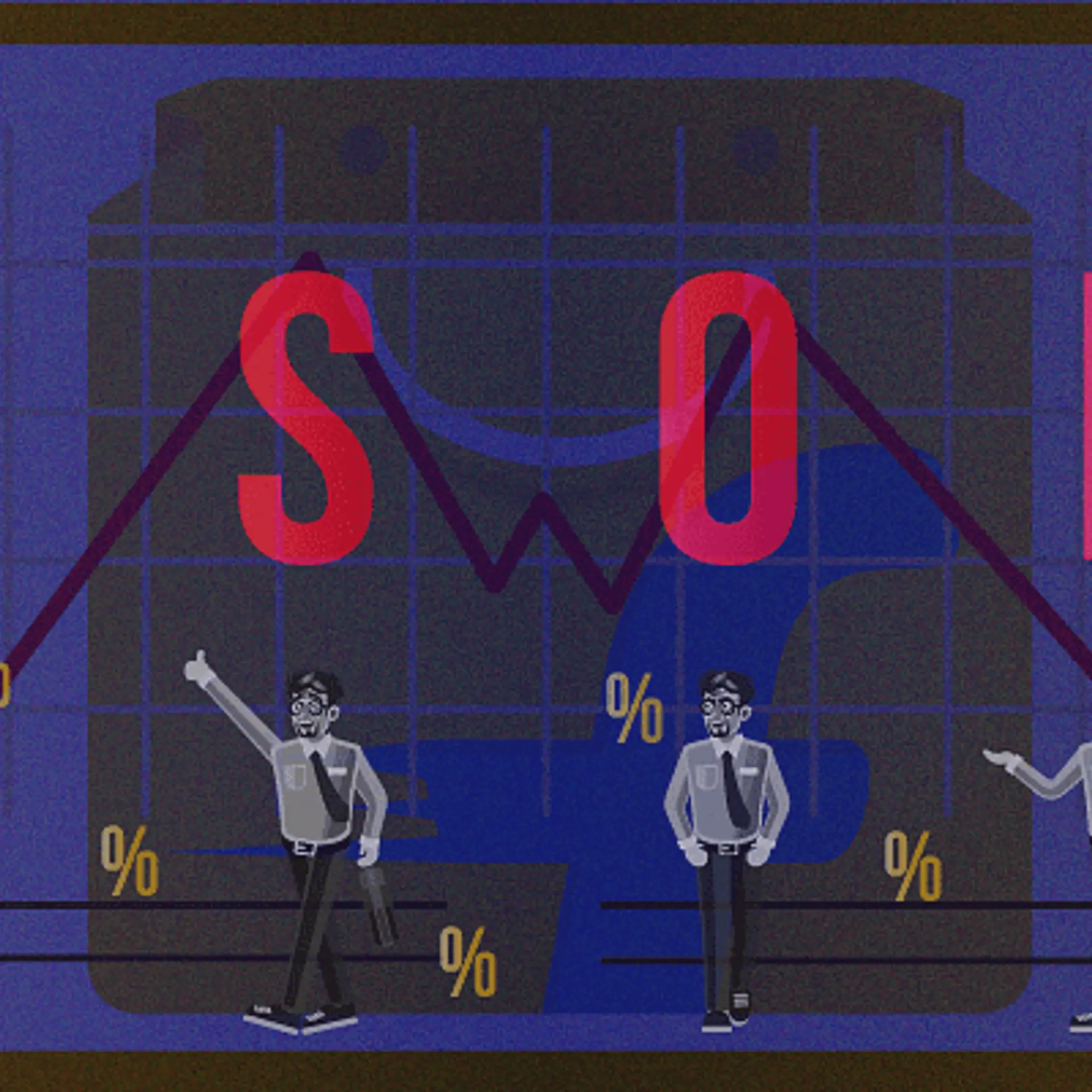Putting sustainability front and centre: Turning to disruptive tech to reshape the future
As we navigate the complexities of the 21st century, the integration of disruptive technologies and sustainable practices is not just an option—it's the path forward.
In a world grappling with a rapidly changing climate, the call for sustainable practices has never been more urgent. Organisations worldwide are increasingly recognising the need to drive social and environmental progress on the ground. A 2023 Deloitte survey shows that CXOs are optimistic that organisations and the global economy can continue to grow while reaching climate goals and reducing the carbon footprint.
Enterprises are addressing these challenges by embedding sustainable business practices across their core strategies, operations, and purpose. In addition, the convergence of technology and sustainability is helping redefine business models, drive innovation, and create a positive impact on the planet.
Embracing sustainable development
As we navigate the challenges of the 21st century, India must position sustainability at the core of its development strategy. With its diverse ecosystem, India faces unique challenges. Rising temperatures, extreme weather events, and the depletion of natural resources pose significant threats to ecosystems and societies alike. However, these challenges also present a unique opportunity for leveraging innovative solutions that can serve as a model for sustainable development globally.
As organisations within India and around the world grapple with the need for change, embracing sustainable development through disruptive technologies provides a pathway to reimagine business processes, reduce environmental footprints, and contribute to the global effort to combat climate change.
By leveraging innovations in technology, organisations can address their sustainability challenges and emerge as global leaders in shaping a more eco-friendly and resilient future.
Here are five ways organisations can act as change agents and move from promise to progress with their sustainability agenda:

Roadmap to zero emissions
Harnessing disruptive technology to reshape the future requires a comprehensive roadmap towards achieving zero emissions. Organisations can set ambitious targets for reducing greenhouse gas (GHG) emissions, aligning with initiatives like science-based targets to pave the way for a sustainable future.
By strategically introducing renewable energy and adopting innovative energy conservation measures, organisations can contribute to the decarbonisation of their operations, aligning with broader societal goals of combatting climate change.
One such example is the commitment to achieving net-zero greenhouse gas (GHG) emissions across the entire value chain by a specific timeline, validated by credible initiatives like science-based targets. This involves a meticulous examination of the carbon footprint of business activities, extending beyond direct emissions to include the entire supply chain. Organisations can not only reduce their emissions but also influence suppliers and partners to adopt sustainable practices.
Greening data centres
A critical aspect of this journey towards sustainability involves the greening of data centres. In an era where digitalisation is pervasive, the energy demands of data centres have become a significant concern. Organisations can play a transformative role by strategically introducing renewable energy sources and adopting innovative energy conservation measures in their data centres.
The commitment to converting all data centres to operate on 100% renewable energy is not just a commitment to reducing carbon emissions but also a testament to the potential of disruptive technology in reshaping the future. Implementing energy conservation measures, such as energy-efficient process technology that is designed for energy-optimisation across data centres. This demonstrates a commitment to sustainability while ensuring the efficient functioning of critical digital infrastructure.
Driving zero-emission vehicles
Rising fuel prices and environmental concerns have accelerated innovations in the automotive industry, paving the way for the zero-emission vehicle market. However, the pace of transformation needed requires a coordinated approach between sectors and industries and throughout supply chains and regions.
For instance, by optimising the installation of electric vehicle (EV) charging infrastructure in India and leveraging fleet optimisation solutions, underpinned by digital twin simulation technology, companies can streamline fleet deployment and operations.
Fujitsu in collaboration with a consortium of global companies and partners is working together to promote the adoption of zero-emission vehicles in India and streamline planning and investment in EV charging infrastructure.

Leveraging digital technology for biodiversity preservation
The preservation of biodiversity is an ethical responsibility and a critical component of a sustainable future. Recognising the serious global risk posed by biodiversity loss, companies can set goals to achieve a “Nature Positive” impact by 2030.
Carbon sequestration is one of the ways which can help reduce carbon credits. Increasing the green cover in office campuses and active efforts in balancing the biodiversity in the community around us can help in managing carbon sequestration.
For example, initiatives aimed at reducing negative impacts on biodiversity, including supply chains, can be implemented by assessing and mitigating the environmental footprint of business activities. This involves using digital technology to restore the foundation of a sustainable society and set targets for reducing negative impacts on biodiversity, while also actively working to increase positive impacts.
A notable approach is the utilisation of digital technology for the conservation of tropical rainforests and the protection of endangered species. By employing advanced technologies such as satellite imagery, machine learning, and data analytics, organisations can actively contribute to the protection of critical ecosystems. This not only aligns with global biodiversity conservation efforts but also positions organisations as responsible stewards of the environment.
Sustainable manufacturing
In the pursuit of a sustainable future, organisations must extend their focus beyond operational practices to include sustainable manufacturing. By implementing solutions to achieve carbon neutrality, manufacturers can direct their activities towards a more sustainable environment.
For example, carbon neutrality is a crucial pillar of sustainable manufacturing and optimising energy use through visualisation data, supporting the control and reduction of greenhouse gas emissions, calculating carbon footprint, reducing materials development time with materials informatics, and creating a circular economy can help in achieving carbon neutrality.
(Manoj Nair is the Head of the India Global Delivery Center at Fujitsu.)
Edited by Kanishk Singh
(Disclaimer: The views and opinions expressed in this article are those of the author and do not necessarily reflect the views of YourStory.)









